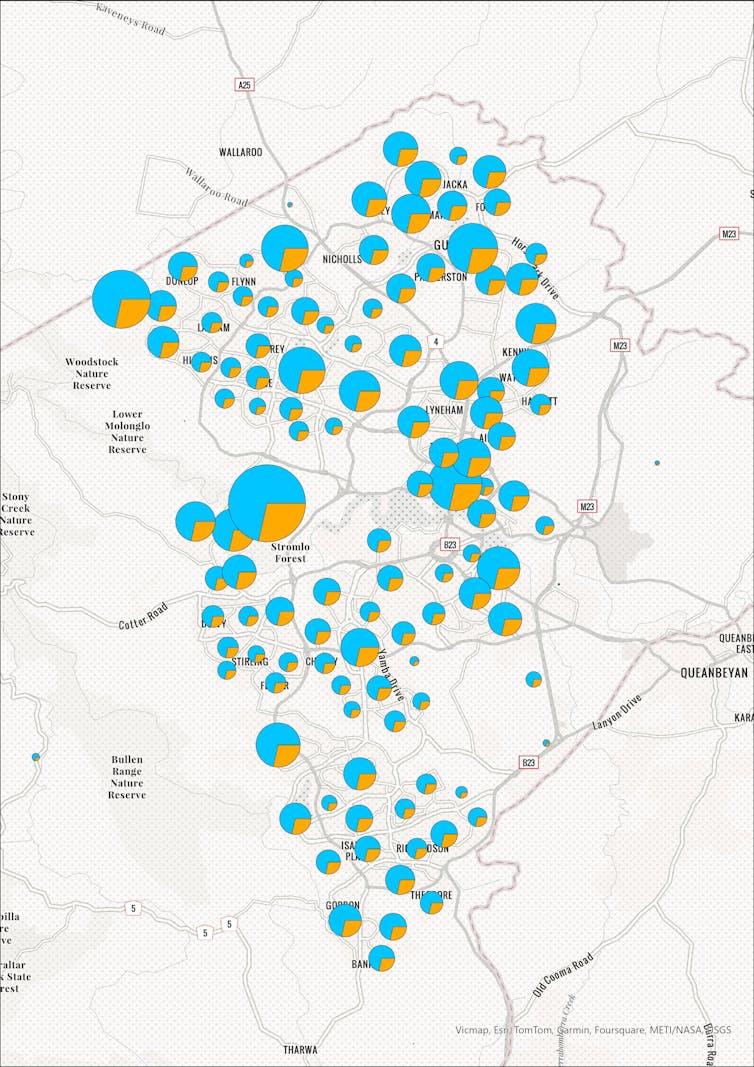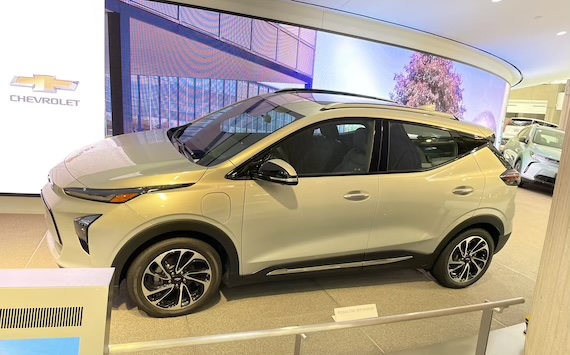By Bin Lu, Australian National University and Marnie Shaw, Australian National University
(The Conversation) – As the electrification of transport and heating accelerates, many worry the increased demand could overload national power grids. In Australia, electricity consumption is expected to double by 2050.
If everyone charges their car and heats water using electric systems at the same time, peak demand could rise sharply, forcing costly grid upgrades. But this would only happen if there’s no planning done.
The shift to electric vehicles (EVs) and electric water heating has a huge silver lining. As more Australians make the switch, they’re quietly expanding a vast network of distributed energy storage. In a fully electrified future, each person could have on average about 46 kilowatt hours worth of energy storage – both in EV batteries and hot water systems.
Scaled up, that’s a huge resource. If all cars and water heaters run on electricity, their combined flexible energy storage could reach over 1,000 gigawatt-hours (GWh) across Australia. That’s far beyond the 350 GWh capacity of the Snowy 2.0 hydroelectric project and all existing grid-scale batteries put together.
Authorities can use these devices to help operate the grid more efficiently and slash infrastructure costs. In fact, our new research shows that with the right coordination, cities can transform from energy consumers into flexible energy hubs able to store energy and release it as necessary. This would make it possible to avoid billions of dollars worth of grid upgrades.
Storage built in
Electrification replaces fossil fuel-burning technology with electric-only systems, powered by a grid getting steadily cleaner.
For households, electrification means switching a combustion engine car for an EV and replacing gas hot water with electric systems such as heat pumps. Both slash carbon emissions when run on grids with high levels of renewables.
EVs and electric hot water systems offer more than just mobility or heating. They also have built-in energy storage. EV batteries store huge amounts of electricity – usually several times the size of a house battery. Hot water systems store energy too, in the form of heat.
Both of these resources are very useful to power grid authorities, because they can help optimise how the grid operates.
Power grids are a constant balancing act, where supply and demand have to be carefully matched up. At times of intense demand, such as during a heatwave, demand can outstrip normal supply and send prices skyrocketing.
When EVs are charged and water heated during off-peak periods, the strain on the grid can be significantly lessened.
Canberra is pointing the way
Since 2020, Canberra has been 100% powered by renewable electricity. The ACT Government is aiming for net zero by 2045.
In our modelling, we found this goal could get a lot closer if EVs and hot water systems are used cleverly. We found changing the time cars are charged and water heated would shift around 5 kWh of electricity per person per day. That’s about a third of each Canberra resident’s average daily electricity use.
Unmanaged charging and water heating would cause peak load to jump 34%. But if charging and heating was shifted to off-peak hours overnight, it could restrict the rise in peak load to just 16%.
Reducing the rise in peak load would make it possible to avoid billions of dollars in grid upgrades such as expanding substations and building more transmission lines.
Where flexibility matters most
We found Canberra’s new energy storage resources are concentrated in storage hotspots – densely populated areas with many electric hot water systems and where many EVs are parked during the day.
Importantly, these hotspots don’t stay put. During working hours, vehicle batteries tend to concentrate in high-density office areas where EVs are parked. Storage capacity rose up to 31% in some Canberra working districts during the working week.
It would make sense to make the most of these hotspots by installing smart chargers, which optimise the timing of EV charging and creating virtual power plants, which can coordinate the time when household devices and EVs draw power.
Both of these approaches offer a cost-effective way to aggregate small scale household devices into a large coordinated storage resource.
Aligning demand with solar peaks means using renewable energy which might otherwise go to waste during peak times.

Bin Lu, CC BY-NC-ND
Policy needs to catch up
Capturing the huge benefits from these new storage resources won’t happen automatically. It requires smart systems and supportive policies.

Chevy Bolt, Renaissance Building, Detroit, June 2023 © Juan Cole.
Technologies such as smart chargers and virtual power plants already exist. South Australia’s Virtual Power Plant shows what’s possible in practice.
But to date, most Australian households don’t have these kinds of smart systems. In many areas, electricity pricing is relatively inflexible and there’s limited coordination between flexible energy use and the needs of the grid.
To unlock the full potential of this huge new energy storage resource, governments and energy companies should:
-
encourage uptake of smart chargers and smart water heaters in buildings
-
expand dynamic pricing schemes which better reflect real-time supply and demand to help shift electricity use to off-peak periods
-
focus on rolling out workplace EV chargers in high-density areas to boost charging during solar peak periods
-
develop smart energy systems able to aggregate devices in individual households into a large grid-supporting fleet.
More demand – but more storage
As Australia increasingly goes electric, cities are becoming more than just energy consumers.
Rather, they’re becoming flexible energy hubs able to help balance supply and demand.
Used wisely, humble electric water heaters and EVs can do more than meet household needs — they can help power Australia’s clean energy future.![]()
Bin Lu, Senior Research Fellow in Renewable Energy, Australian National University and Marnie Shaw, Associate Professor in Engineering, Australian National University
This article is republished from The Conversation under a Creative Commons license. Read the original article.


 © 2025 All Rights Reserved
© 2025 All Rights Reserved